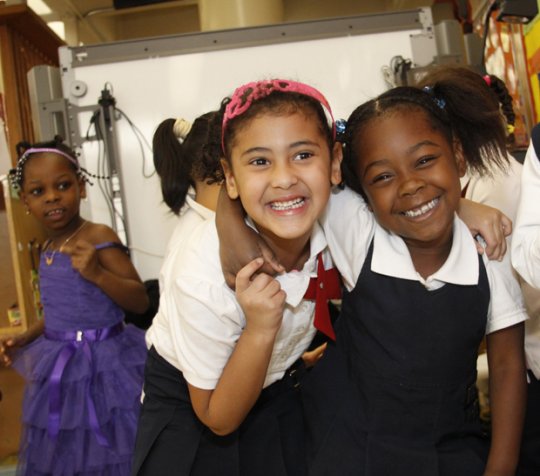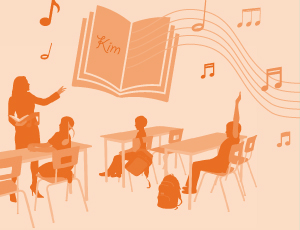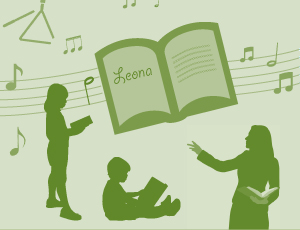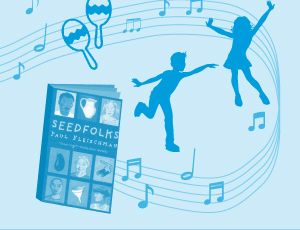Unit 4

Purpose
In this unit, students read like detectives, asking questions and looking for clues about what characters are thinking, feeling, and doing. As they read, students compose music that represents those investigations in order to gain a deeper understanding of the characters and how they relate to the central theme of the story.
Unit Description
In this unit, students create a whole-class musical composition to Seedfolks by Paul Fleischman, a Newbery Medal winning author. Seedfolks is told in a series of character chapters connected by a central theme. To prepare, students become “reading detectives,” annotating the text as they ask questions and look for clues about what characters are thinking, feeling, and doing. In doing so, they are making inferences and text-to-text connections and working toward identifying a central theme of the book. As students read, they learn a range of music elements and create music using classroom instruments and found objects to represent what they have learned about the characters. As a culminating event, the class creates and performs a Seedfolks Composition for an invited audience.
Intention of Unit
Unit 4 Art Form
Differentiation Options
Newly Added Feature: This Unit's student texts have been translated into Spanish.

Common Core State Standards

Purpose
In this unit, students read like detectives, asking questions and looking for clues about what characters are thinking, feeling, and doing. As they read, students compose music that represents those investigations in order to gain a deeper understanding of the characters and how they relate to the central theme of the story.
Unit Description
In this unit, students create a whole-class musical composition to Seedfolks by Paul Fleischman, a Newbery Medal winning author. Seedfolks is told in a series of character chapters connected by a central theme. To prepare, students become “reading detectives,” annotating the text as they ask questions and look for clues about what characters are thinking, feeling, and doing. In doing so, they are making inferences and text-to-text connections and working toward identifying a central theme of the book. As students read, they learn a range of music elements and create music using classroom instruments and found objects to represent what they have learned about the characters. As a culminating event, the class creates and performs a Seedfolks Composition for an invited audience.
Intention of Unit
Unit 4 Art Form
Differentiation Options
Newly Added Feature: This Unit's student texts have been translated into Spanish.

Common Core State Standards



